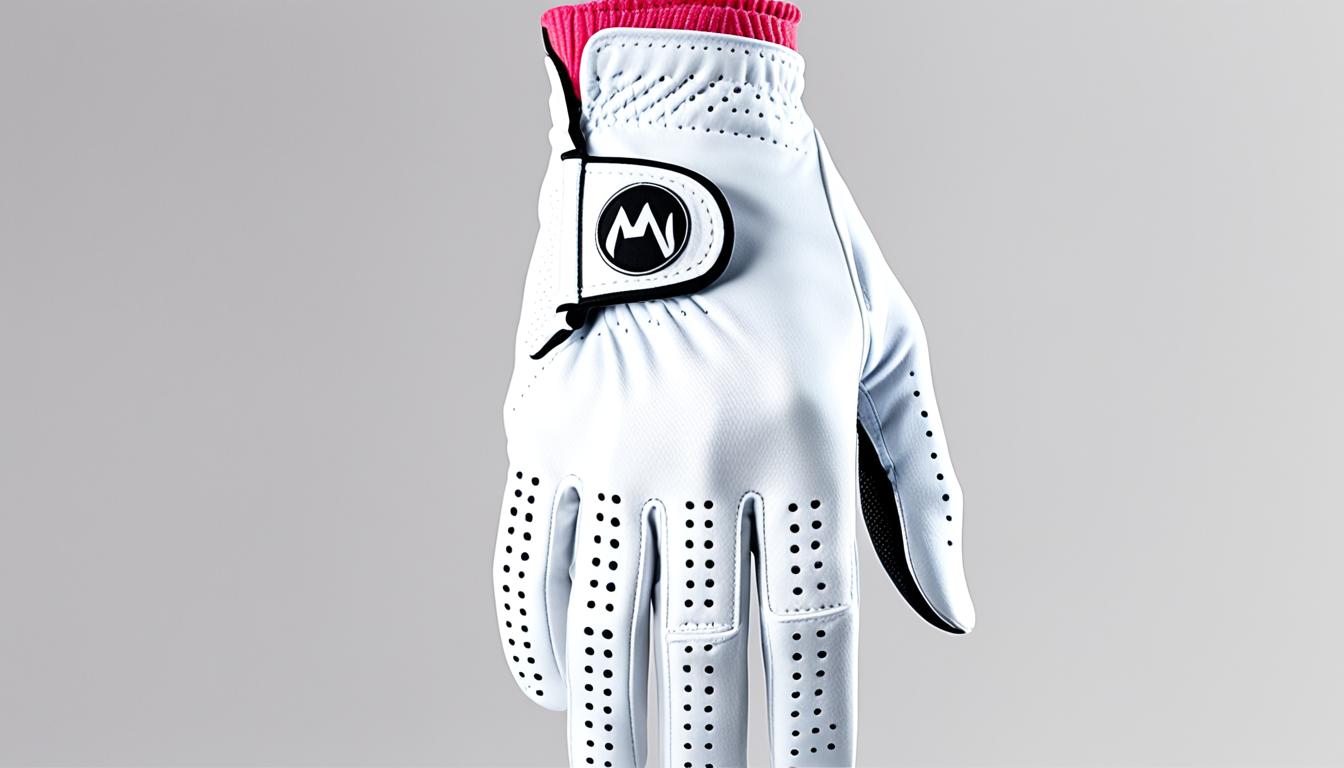Protecting your skin from the sun is key to keeping it healthy and preventing sunburn. UV rays can damage your skin all year, not just in the summer. It’s vital to shield yourself from the sun to stop skin cancer and keep your skin healthy.
In 2024, the U.S. might see about 100,640 new cases of skin melanomas. This shows how important it is to always practice sun safety. By learning how to protect yourself from the sun, you can lower your risk of skin problems and health issues.
The FDA suggests using sunscreens with SPF 15 or higher for protection against skin cancer and aging. But sunscreen is just part of sun safety. It’s about a full plan to protect your skin from UV rays all year.
Understanding UV Radiation and Its Effects
Ultraviolet radiation is a big threat to your skin’s health. Sunlight has different UV rays that can harm your skin in many ways. Let’s look at how UV radiation affects your skin and the long-term effects it can have.
UVA vs. UVB Rays
UV radiation has two main types: UVA and UVB. UVA rays go deep into your skin, causing early aging and wrinkles. UVB rays hit the top layers, leading to sunburns. Both types can damage your skin and raise your risk of skin cancer.
| UV Type | Penetration | Primary Effects |
|---|---|---|
| UVA | Deep skin layers | Premature aging, wrinkles |
| UVB | Surface layers | Sunburns, DNA damage |
Short-term and Long-term Skin Damage
UV exposure can cause sunburns and tanning right away. A tan might look good, but it’s your skin’s defense against more damage. Over time, UV exposure can lead to age spots, a rough skin texture, and a higher risk of skin cancer.
Skin Cancer Risks
Too much UV exposure increases your chance of getting skin cancer. There are three main types: melanoma, basal cell carcinoma, and squamous cell carcinoma. Melanoma is the most serious, while basal cell and squamous cell carcinomas are less severe but more common.
To protect your skin, limit your sun exposure, use broad-spectrum sunscreen, and wear protective clothing. Remember, UV damage can happen even on cloudy days. Always protect your skin all year to keep it healthy.
Choosing the Right Sunscreen
Finding the right sunscreen is key to protecting your skin from harmful UV rays. Let’s look at what to think about when picking the best sunscreen for you.
SPF Explained
The SPF rating shows how well a sunscreen protects against UVB rays. SPF 30 blocks 97% of these rays, and SPF 50 blocks 98%. For everyday use, go for SPF 15 or higher. For being outside a lot, choose SPF 30 or higher.

Broad-spectrum Protection
Protecting against UVA and UVB rays is crucial. Broad-spectrum sunscreens shield you from both. UVA rays cause early aging, and UVB rays lead to sunburns. Make sure the label says “broad-spectrum” for full protection.
Water Resistance
Water-resistant sunscreen is great for swimming or sweating. These products stay effective for 40 or 80 minutes in water. Always reapply every two hours or after swimming, even if it’s water-resistant.
| Sunscreen Type | SPF | Protection | Water Resistance |
|---|---|---|---|
| Daily Use | 15+ | Broad-spectrum | Not required |
| Outdoor Activities | 30+ | Broad-spectrum | Recommended |
| Beach/Pool | 50+ | Broad-spectrum | Required |
Think about these factors to pick the right sunscreen. Remember, applying it regularly is crucial for good sun protection.
Proper Sunscreen Application Techniques
Learning how to apply sunscreen right is key for protecting your skin from the sun. To stay safe, start by putting sunscreen on 15 minutes before going outside. This lets the sunscreen soak in and create a shield for your skin.
Put on a lot of sunscreen. Aim for about one ounce, which is enough to fill a shot glass, for your whole body. Make sure to cover hard-to-reach spots too. Focus on your ears, nose, lips, back of neck, hands, feet, and any scalp that’s exposed.
Remember to reapply sunscreen often for ongoing protection. Set a timer to remind you to put more on every two hours. If you’re swimming or sweating, you’ll need to reapply more often. Water-resistant sunscreens can last up to 80 minutes in water, but always check the label for details.
When using spray sunscreens, don’t spray them directly on your face. Spray it on your hands first, then put it on your face. This way, you get even coverage and avoid breathing in the spray.
- Apply 15 minutes before sun exposure
- Use one ounce for full-body coverage
- Reapply every two hours or after swimming/sweating
- Don’t forget often-missed areas
- Apply spray sunscreens to hands first for facial application
By using these tips for applying sunscreen, you’ll get the most out of your UV protection. Always remember, taking care of your skin from the sun is important all year round. It’s a way to keep your skin healthy and safe.
Sun Protection Guide: Beyond Sunscreen
Sunscreen is just one way to protect your skin from the sun. Let’s look at other methods to shield your skin from UV rays.
Protective Clothing
Clothing with a high UPF rating helps protect you from UV radiation. A UPF 50+ shirt blocks 98% of UV rays. Wear long-sleeved shirts, pants, and wide-brimmed hats to cover more skin.
Seeking Shade
Shade is key, especially from 10 AM to 4 PM. Use umbrellas, trees, or buildings to stay out of the sun. But remember, UV rays can bounce off surfaces and go through leaves. So, use shade with other protection methods.
UV-blocking Sunglasses
Your eyes need protection too. UV-blocking sunglasses protect your eyes and the skin around them. Choose wraparound styles for the best coverage. Make sure the lenses block 99-100% of UVA and UVB rays.
| Protection Method | Benefits | Considerations |
|---|---|---|
| Sun Protective Clothing | Consistent protection, UPF rated | Choose breathable fabrics for comfort |
| Shade Protection | Reduces direct UV exposure | Not 100% effective, combine with other methods |
| UV-blocking Sunglasses | Protects eyes and surrounding skin | Ensure 99-100% UV protection |
Using these strategies with sunscreen gives you a strong defense against UV radiation. This reduces your risk of skin damage and helps keep your skin healthy over time.
Sun Safety for Different Age Groups
Sun protection needs change with age. From babies to adults, knowing how to protect everyone is key. Let’s see how to keep everyone safe in the sun.

Babies under six months should stay out of direct sunlight. Keep them in the shade and cover them up. Don’t use sunscreen on them yet because their skin is very sensitive.
Kids over six months need extra care. Use sunscreen made for kids’ sensitive skin. Put it on often and cover them with protective clothes and hats too.
Adults should always think about sun safety. Use sunscreen with broad-spectrum protection every day, even when it’s cloudy. Wear protective clothes, sunglasses, and stay in the shade to stay safe.
Seniors should be extra careful. Their skin gets more sensitive with age. Regular skin checks and using sun protection are very important for them.
| Age Group | Sun Protection Recommendations |
|---|---|
| Infants (0-6 months) | Avoid direct sun, use shade, protective clothing |
| Children (6+ months) | Children’s sunscreen, protective clothing, hats |
| Adults | Daily sunscreen use, protective clothing, sunglasses |
| Seniors | Extra precautions, regular skin checks, consistent protection |
Sun safety is important at every stage of life. Start with protecting babies, use sunscreen on kids, and keep up with adult safety habits. Your skin will be grateful for it.
Understanding Sun Exposure in Various Environments
Sun protection varies by setting. Each place has its own level of UV radiation. You need different strategies for beach, snow, and city sun safety.
Beach and Pool
Beaches and pools increase UV levels. Sand reflects up to 15% of UV rays, and water up to 25%. This means more sunburn risk. Use waterproof sunscreen every 2 hours and after swimming.
Find shade under umbrellas or trees during peak sun hours (10 am to 4 pm).
Mountains and Snow
Mountains and snow are tough on your skin. UV levels go up with altitude. Snow can reflect up to 80% of UV rays.
Use sunscreen, protective clothing, and UV-blocking goggles for winter sports.
Urban Settings
City life can be tough on your skin too. Concrete and glass can bounce and focus sunlight. UVA rays can get through glass, so you’re exposed indoors or in your car.
Apply sunscreen daily and think about UV-protective films for windows to lower your risk.
| Environment | UV Reflection (%) | Key Protection Strategies |
|---|---|---|
| Beach (Sand) | 15% | Waterproof sunscreen, shade |
| Pool (Water) | 25% | Reapply sunscreen frequently |
| Snow | 80% | UV-blocking goggles, full coverage clothing |
| Urban (Concrete) | 12% | Daily sunscreen, UV-protective window films |
Myths and Facts About Sun Protection
Sun protection myths and tanning misconceptions can put your skin at risk. Let’s clear up some common sunscreen myths and share UV protection facts to keep you safe in the sun.
Many think dark skin doesn’t need sunscreen. But that’s not true. All skin types need protection from harmful UV rays. Also, some believe cloudy days are safe for sun exposure. However, up to 80% of UV rays can go through clouds, making sunscreen a must even on overcast days.
Some think a base tan protects skin from sun damage. But that’s a big mistake. Any tan means your skin has been damaged. There’s no safe tan. UVA rays can go through glass, so you need protection indoors too.
Indoor tanning beds are not a safe choice. They greatly increase the risk of skin cancer. You should use sunscreen all year, not just in summer.
| Myth | Fact |
|---|---|
| Dark skin doesn’t need sunscreen | All skin types need UV protection |
| Cloudy days are safe for sun exposure | Up to 80% of UV rays penetrate clouds |
| Base tans protect skin | Any tan indicates skin damage |
| Tanning beds are safe | Tanning beds increase skin cancer risk |
| Sunscreen is only for summer | Year-round sun protection is essential |
Knowing these UV protection facts helps you make smart choices about sun safety. Remember, using sunscreen right and protecting yourself from the sun are your best ways to avoid skin damage and cancer risks.
Year-round Sun Protection Strategies
Sun protection is important all year, not just in summer. Your skin needs care even when you think it’s safe. Let’s look at how to keep your skin safe in different conditions.
Winter Sun Safety
Winter UV protection is key. Snow can reflect up to 80% of UV rays, making your exposure stronger. Use sunscreen when you’re outside, like when skiing. Don’t forget to protect areas like under your chin and ears.
Protection on Cloudy Days
Many forget about sun safety on cloudy days. Clouds let up to 80% of UV rays through. Use sunscreen every day, no matter the weather. Pick a broad-spectrum SPF 30 or higher for best protection.
Indoor UV Exposure
UV rays can also get through windows indoors. This can cause skin damage over time. Think about using UV-protective films for your home and car windows. And remember, use sunscreen even if you’re inside all day.
| Scenario | UV Risk | Protection Strategy |
|---|---|---|
| Snowy day | High (due to reflection) | Sunscreen, UV-blocking goggles |
| Cloudy day | Moderate to High | Daily sunscreen application |
| Indoors near windows | Low to Moderate | UV-protective films, sunscreen |
Remember, always protect yourself from the sun. By using these strategies every day, you’ll keep your skin safe all year. This reduces the risk of premature aging and skin cancer.
Conclusion
Protecting your skin from the sun’s harmful rays is key for your skin’s health and preventing skin cancer. It’s not just about sunscreen. It also means wearing protective clothing, staying in the shade, and using sunglasses with UV protection.
Using sunscreen every day is crucial for sun protection. Don’t forget to reapply it often, especially after swimming or sweating. Also, wear sun-protective clothing and seek shade to protect your skin from UV damage.
Early detection is crucial in preventing skin cancer. Regular self-exams and yearly visits to a dermatologist can catch problems early. Start these habits early and keep them up to ensure your skin stays healthy.
No single method fully protects you from the sun. It’s important to use a combination of strategies for the best sun protection. By making sun safety a part of your daily routine, you’re taking a big step towards healthier skin for the future.

